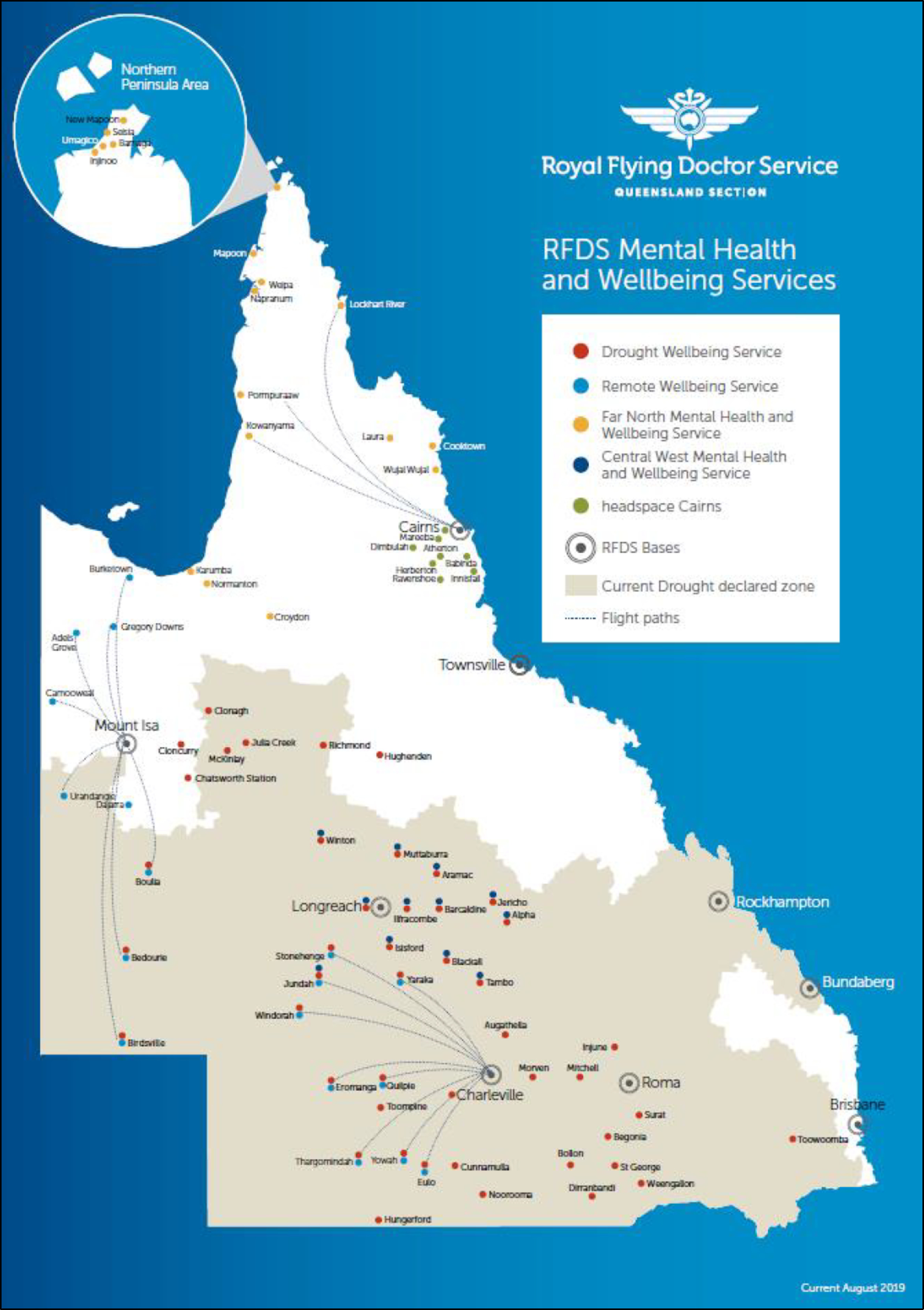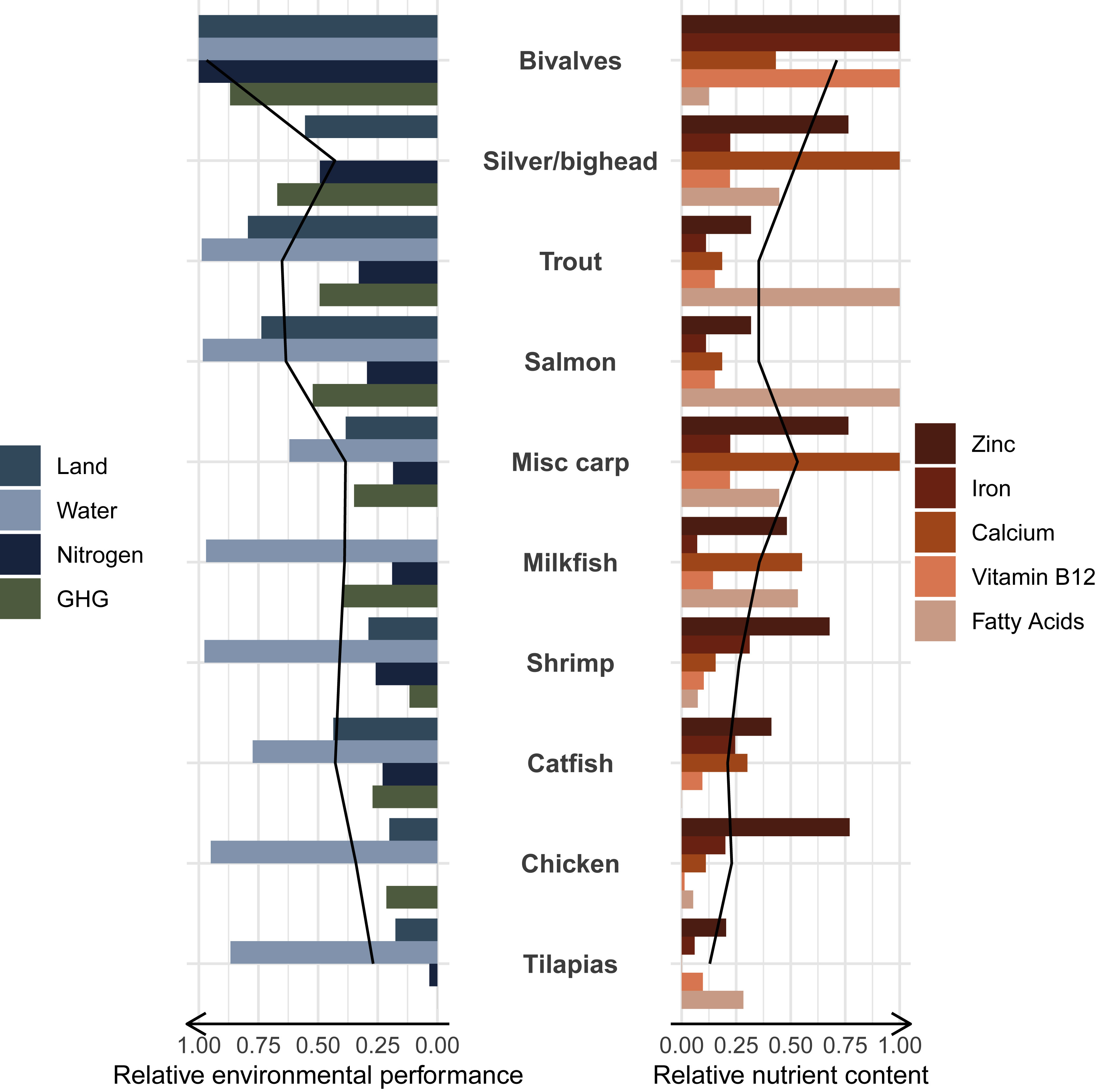Elsevier,
The Lancet Regional Health - Americas, Volume 8, April 2022
An Article on the vulnerability of Indigenous populations to pandemics, in the context of SDGs 3 and 10, focusing specifically on the clinical characteristics and outcomes following COVID-19 in Indigenous Brazilian individuals.
Elsevier,
The Lancet Global Health, Volume 10, April 2022
This Article supports SDG 3 by describing the prevalence of HBV infection among children who received hepatitis B vaccination at birth. Prevalence was lowest in those who received vaccination within 24 hours of birth, although there was still substantial risk of infection even with timely vaccination.
Elsevier, One Earth, Volume 5, 15 April 2022
Aquaculture has been viewed as a potential pathway to healthy and sustainable diets by increasing global nutrient-rich food production while minimizing environmental impacts. Here, we explore environmental and nutritional synergies, trade-offs, and constraints that illuminate the role of aquaculture to deliver on this double bottom line.
Elsevier, The Lancet Planetary Health, Volume 6, April 2022
Background: Human impacts on earth-system processes are overshooting several planetary boundaries, driving a crisis of ecological breakdown. This crisis is being caused in large part by global resource extraction, which has increased dramatically over the past half century. We propose a novel method for quantifying national responsibility for ecological breakdown by assessing nations’ cumulative material use in excess of equitable and sustainable boundaries. Methods: For this analysis, we derived national fair shares of a sustainable resource corridor.
Elsevier, eClinicalMedicine, Volume 46, April 2022
Background: In autoimmune hepatitis (AIH), clinical practice and treatment guidelines frequently diverge as a reflection of disease heterogeneity and challenges in achieving standardised care. We sought to explore the utility of multiparametric (mp) MR in patients with AIH, and the impact of this technology on physicians’ decision making and intended patient management. Methods: 82 AIH patients, recruited from two sites between June and November 2019 as part of an observational cohort study, underwent non-contrast MRI alongside their standard clinical investigations.
Elsevier, The Lancet Regional Health - Americas, Volume 8, April 2022
Background: Hepatitis C is a preventable and treatable disease that has been declared a public health problem. In 2012, the prevalence of HCV serum anti-bodies in the Mexican adult population aged 20 to 49 years was 0·30%. Methods: We randomly selected a probabilistic sub-sample of 12,389 adults (20+ years) from adults participating in the National Health and Nutrition Survey (ENSANUT) 2018 who provided a venous blood sample. Anti-HCV antibodies and HCV RNA were determined for this sub-sample.
Elsevier, JHEP Reports, Volume 4, April 2022
Background & Aims: HBV infects over 257 million people worldwide and is associated with the development of hepatocellular carcinoma (HCC). Integration of HBV DNA into the host genome is likely a key driver of HCC oncogenesis. Here, we utilise targeted long-read sequencing to determine the structure of HBV DNA integrations as well as full isoform information of HBV mRNA with more accurate quantification than traditional next generation sequencing platforms. Methods: DNA and RNA were isolated from fresh frozen liver biopsies collected within the GS-US-174-0149 clinical trial.



